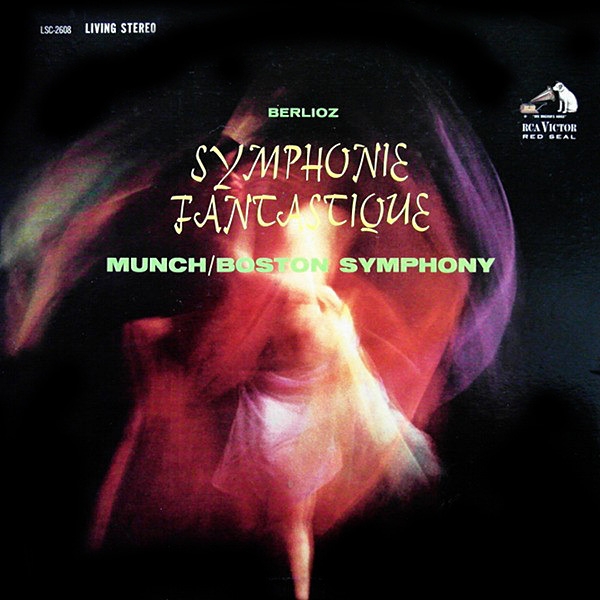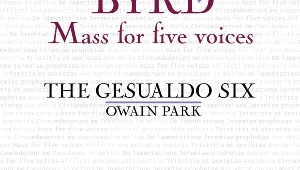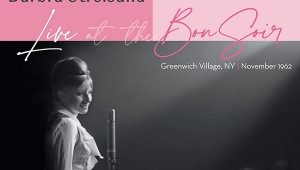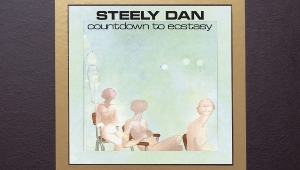| Columns Retired Columns & Blogs |
Many thanks for continuing to post to Stereophile's website these vintage JGH album reviews. Such was the depth of JGH's knowledge that even throwaway asides and parenthetical comments pique my interest, such as this one:
"...since London abandoned the RIAA curve in 1959."
Egads! Really?
I have, of course, heard stories about engineers deploying alternative equalization curves in consumer phono preamplifier circuits, but assumed this was of limited utility as I was under the impression that all the major labels quickly adopted the RIAA curve rather early on in the LP game (pre-stereo for sure). Is my understanding incorrect? Should us vinyl listeners be invoking a different Decca equalization curve for London/Decca records? Are there any other labels (like Meloydia, Philips, etc) that may also require a different curve other than the RIAA standard in order to correctly play back?
(I guess I should insert a joke here about Mercury LP's requiring a presence-region de-emphasis to counteract the Telefunken M201 response curve, but once we get going on correcting for mic nonlinearities, the madness may erupt into a flame war that would likely never cease).
Anyway, could anyone please clear up this confusion on my end? Very curious.





































